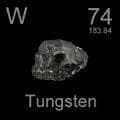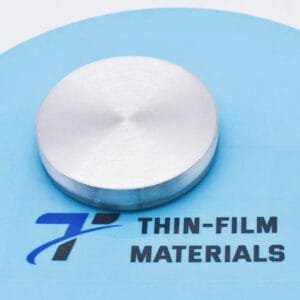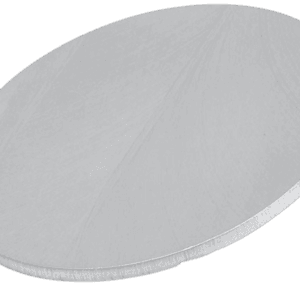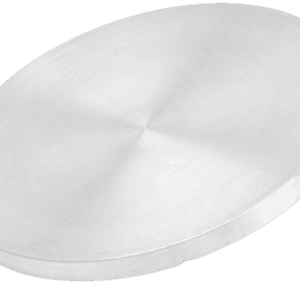Tungsten Diboride Sputtering Target Description
 Tungsten is a rare metal found naturally on Earth almost exclusively in chemical compounds rather than in its pure form. Identified as a new element in 1781 and first isolated as a metal in 1783, its significant ores include wolframite and scheelite.
Tungsten is a rare metal found naturally on Earth almost exclusively in chemical compounds rather than in its pure form. Identified as a new element in 1781 and first isolated as a metal in 1783, its significant ores include wolframite and scheelite.
Tungsten has the highest melting point of all elements, at 3422 °C, and the highest boiling point, at 5930 °C. Its density is 19.25 times that of water, comparable to uranium and gold, and about 1.7 times higher than lead. While polycrystalline tungsten is inherently brittle and hard, pure single-crystalline tungsten is more ductile and can be cut with a hard-steel hacksaw.
Related Product: Tungsten Sputtering Target.
Tungsten Diboride Sputtering Target Specifications
| Material Type | Tungsten Diboride |
| Symbol | W2B |
| Color/Appearance | Solid |
| Melting Point | / |
| Density | / |
| Available Sizes | Dia.: 2.0″, 3.0″, 4.0″, 5.0″, 6.0″ Thick: 0.125″, 0.250″ |
We also offer other customized shapes and sizes of the sputtering targets; please Contact Us for more information.
Tungsten Diboride Sputtering Target Applications
Semiconductor Manufacturing: Tungsten diboride (WB₂) sputtering targets are essential in the semiconductor industry for thin-film deposition. They are crucial for creating advanced semiconductor devices like integrated circuits (ICs) and microelectromechanical systems (MEMS). The thin films produced serve as conductive layers in modern electronics.
Hard Coatings: WB₂ thin films are valued for their extreme hardness and wear resistance. They are applied as protective coatings on cutting tools, drills, and industrial equipment. These coatings improve the lifespan and performance of tools and machinery in metalworking and machining processes.
Optical Applications: Tungsten diboride coatings enhance the performance of optical lenses and mirrors. They reduce glare, increase reflectivity, and add durability to optical systems used in telescopes, cameras, and other devices.
Aerospace and Defense: WB₂ sputtering targets are used in the aerospace and defense sectors to protect critical components like turbine blades and nozzles from high temperatures, oxidation, and wear. This ensures the reliability and longevity of aerospace components.
Energy Storage: Tungsten diboride is explored for use in energy storage technologies such as lithium-ion batteries and supercapacitors. Its electrical conductivity and high-temperature stability make it a promising candidate for enhancing the performance and safety of energy storage devices, which is crucial for renewable energy systems and electric vehicles.
Packing
Our Tungsten Diboride Sputtering Targets are clearly tagged and labeled to ensure efficient identification and quality control. We take great care to prevent any damage during storage and transportation, preserving the quality of our products in their original condition.





Reviews
There are no reviews yet.